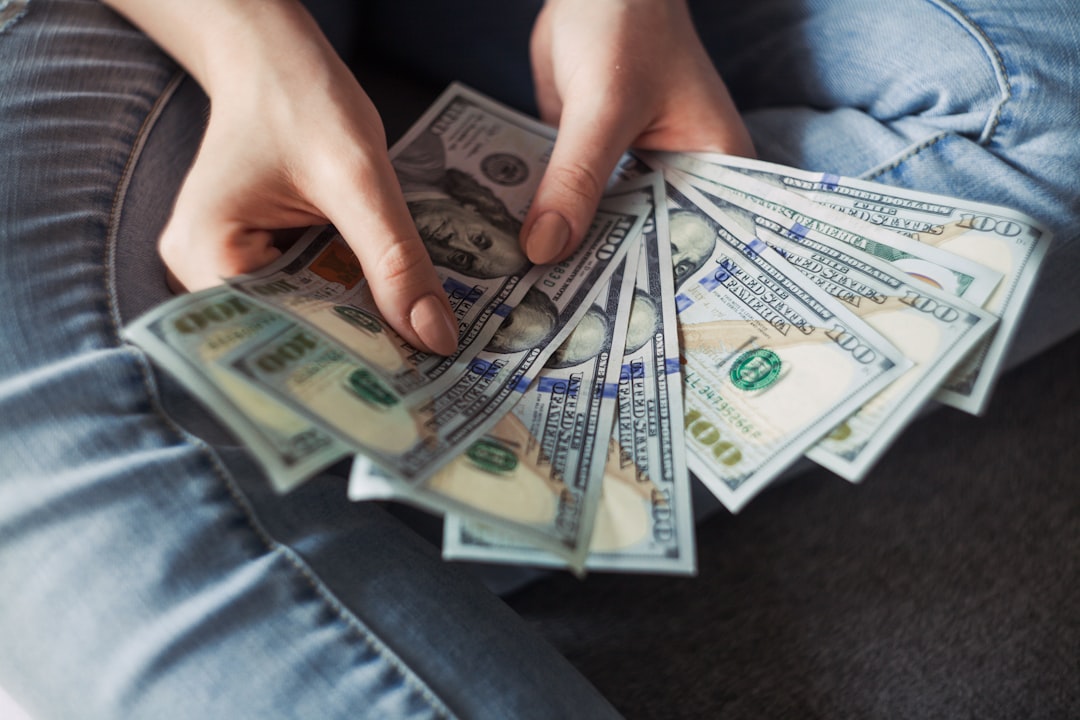
Upholstery plays a pivotal role in the aesthetics, comfort, and functionality of furniture. Custom upholstery takes this a step further, offering a tailored solution that reflects your personal style and preferences. However, navigating the myriad of options can be overwhelming. To make an informed decision, consider these essential tips.
Firstly, ascertain your needs and preferences. Before diving into the world of custom upholstery, take time to evaluate your requirements. Consider the primary function of the furniture piece?is it for lounging, dining, or working? Factor in the intended usage frequency and the environment it will be placed in. Understanding your lifestyle and preferences will guide you towards selecting upholstery materials that align with your needs.
Next, assess durability and maintenance requirements. Custom upholstery is an investment, and durability is key to ensuring longevity. Different fabrics and materials offer varying levels of durability. For high-traffic areas such as living rooms or dining spaces, opt for sturdy fabrics like leather, heavy-duty cotton, or synthetic blends. These materials are resistant to wear and tear, spills, and stains, making them suitable for everyday use. Conversely, for less frequented spaces like formal sitting areas, you might prioritize luxurious yet delicate fabrics such as silk or velvet.
Furthermore, consider the aesthetic appeal and style compatibility. Custom upholstery allows you to express your unique taste and style preferences. Whether you prefer classic elegance, modern minimalism, or eclectic designs, there’s a plethora of options to choose from. Pay attention to color palettes, patterns, and textures that complement your existing decor scheme. Additionally, factor in the scale and proportion of the furniture piece to ensure the upholstery enhances its visual appeal.
Moreover, prioritize comfort without compromising on style. Comfort is paramount when selecting upholstery, especially for furniture intended for relaxation or extended use. Test different materials and cushioning options to determine the level of comfort they offer. Foam cushions provide firm support, while down-filled cushions offer a plush, sink-in feel. Strike a balance between comfort and aesthetics by choosing upholstery that not only looks inviting but also feels luxurious to the touch.
Consider the environmental impact and sustainability of materials. With growing awareness of environmental issues, many consumers are opting for eco-friendly upholstery options. Look for materials that are sustainably sourced, such as organic cotton, linen, or hemp. Additionally, consider upholstery fabrics that are certified as environmentally friendly, such as those made from recycled materials or produced using eco-conscious manufacturing processes. By choosing sustainable upholstery, you can reduce your carbon footprint and contribute to a healthier planet.
Take into account customization options and flexibility. One of the key benefits of custom upholstery is the ability to personalize every aspect of the design. From fabric selection to detailing such as piping, tufting, or decorative trims, customization options are virtually limitless. Work closely with your upholsterer or designer to explore customization possibilities that align with your vision. Whether you desire a unique fabric combination, intricate stitching patterns, or bespoke embellishments, custom upholstery allows you to bring your creative ideas to life.
Furthermore, don’t overlook practical considerations such as budget and lead times. Custom upholstery projects can vary significantly in cost depending on factors such as fabric quality, complexity of design, and craftsmanship involved. Set a realistic budget and communicate your financial constraints with your upholsterer from the outset. Additionally, inquire about lead times and production schedules to ensure your project is completed within your desired timeframe.
